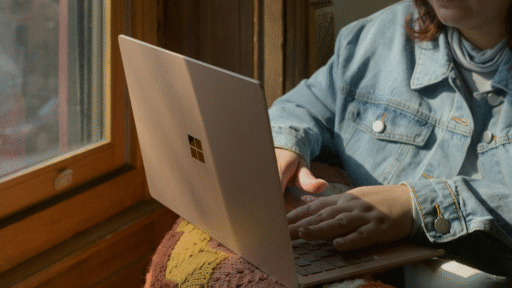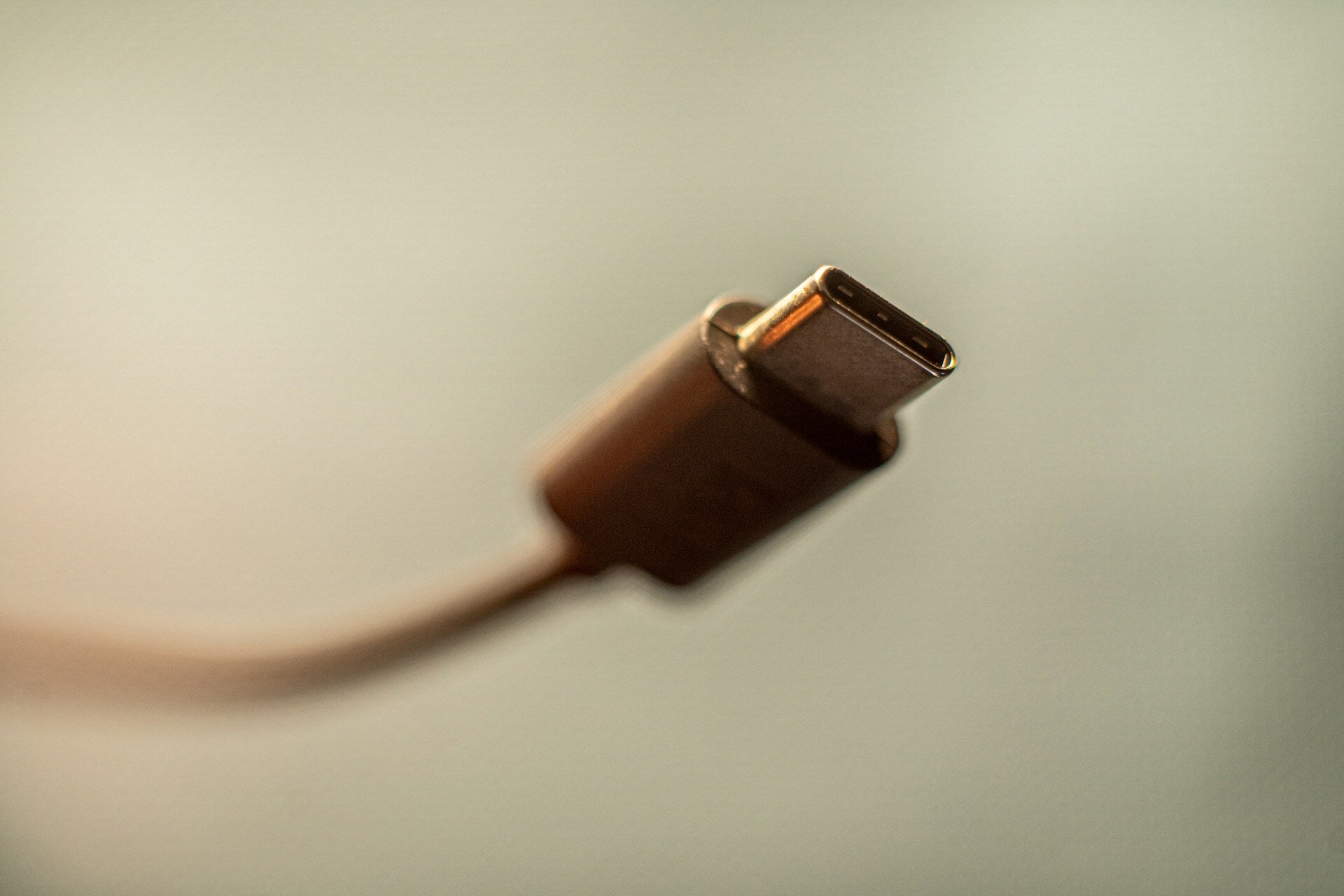Microsoft quietly fixes a big USB-C problem on laptops: no more guessing games!

Microsoft is now putting an end to the guessing game some known as ‘port roulette’ – when you wonder if the USB-C port you’ve plugged your monitor into is actually ready for it. With Windows 11 version 24H2, Microsoft is rolling out new rules regarding all USB-C ports on WHCP-certified laptops and tablets. Now, these ports would do exactly what you expect: charge, transfer data, and output video.
Thankfully, this means you won’t have to wonder which of the identical USB-C ports supports DisplayPort… or if your dock will charge your laptop – now making USB-C truly universal.
With the new update, Microsoft is updating its Windows Hardware Compatibility Program, otherwise known as WHCP. This is the set of rules that device makers follow to get their laptops certified for Windows.
The new rules now mandate optional USB-C features to become required and fix an issue that’s been going on for too long with USB-C universality.
Although USB-C is designed to be universal, the practice so far has shown otherwise. Basically, 27% of USB4 PCs had “limited functionality” warnings when people plugged in accessories that didn’t work as expected. But now, with this new update, this will change.
Now, all WHCP-certified Windows 11 machines should meet three core USB-C standards:
- Data transfer – machines should offer at least USB 3.0 speeds (5 Gbps)
- Charging – USB Power Delivery support is required (equal or more to 4.5W on laptops, 7.5W on tablets)
- Display output – support for DisplayPort Alt Mode, so every port can connect to a monitor
That’s the minimum. Meanwhile, machines that are more expensive and support Thunderbolt or USB4 are met with even stricter demands.
How it’s been so far
Let’s take a look at the current situation before this update. Many of you may know that not all USB-C ports do the same thing, despite looking absolutely identical: same connector, same shape, same size…
The thing is, some ports handle charging, some support external displays, some are capable of getting Thunderbolt speeds… while others are completely incapacitated.
And this mess is what Microsoft is addressing with the set of new rules. Basically, USB-C is the connector type, and Thunderbolt (and USB4) are performance standards that use the USB-C connector. These standards add premium features like high-speed data transfer, support for dual monitors, and PCIe tunneling for external GPUs.

Laptop makers were allowed to advertise USB4 or Thunderbolt support if only one of the device’s USB-C ports could deliver the features, while the rest were carrying limited functionality. The normal person had no way of knowing which one was which.
But then comes this new WHCP certification, which will no longer allow this. From now on, if a laptop is to advertise Thunderbolt or USB4 support, all its USB-C ports should deliver the complete package. And yep, no more guessing games, no more reading labels or plugging into the “wrong” port.
Obviously, this would be a big step toward USB-C’s initial focus: the universality of the port.
Unfortunately, though, this is not without a cost. Naturally, budget laptop makers that previously escaped full-featured USB-C implementations will now have to spend more and get better processors. Of course, this may drive prices in the budget segment. Meanwhile, other makers may prioritize ChromeOS, which doesn’t have these rules.
Many mid-range and premium machines do actually meet or even exceed these new standards, though.
Microsoft is expecting a gradual shift in the industry in the next few years. It is said that brands like Surface, Dell, and HP would lead early adoption of the new rules.
All in all, despite not being a huge update or a flashy new feature, this change has massive implications for the quality of life of people using USB-C. It ends the game of ‘port roulette’, and ensures wherever you plug in, you’ll have the same reliable, universal experience from your certified Windows laptop. Kudos to Microsoft for this change!